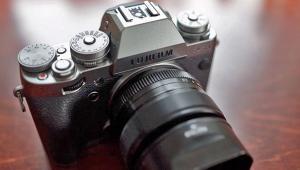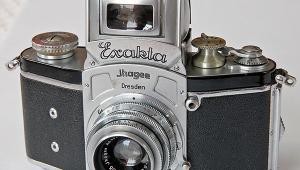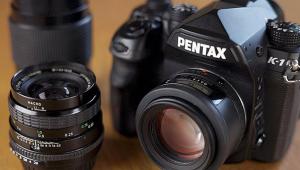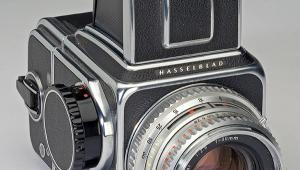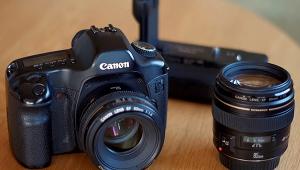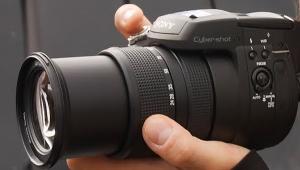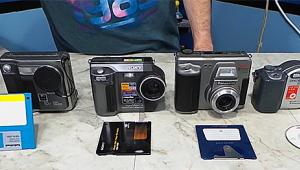The Wrayflex; An English SLR (Via Germany?)
In 1947, the English Wray Optical Company took out a patent on an amazing and innovative 35mm Single Lens Reflex (SLR). It had an eye-level penta-prism viewfinder, instant return mirror, Through The Lens (TTL) metering, and a built-in clockwork motor drive—four features never before seen on this type of camera.
 |
|
 |
|
|
The design was acquired from an English Royal Navy commander named Maurice Studdert, who is named on the patent as the camera’s inventor. Studdert had just returned from Germany where, as a member of an Anglo-American team, he had been gathering technical information from German scientists. When he arrived at Wray, he brought with him two German technicians, brothers Harry and Werner Goebbels, to help build the camera.
Wray was a highly respected lens manufacturing firm with hardly any experience in camera making. But here they were suddenly presented with plans for a groundbreaking SLR at a time when the British Board of Trade restrictions, following World War II, restricted the import of foreign cameras. It was an opportunity too good to miss. And they missed it.
The camera proved too complicated to build. But the Goebbels brothers, now second to Wray, were sent the task of simplifying the original design. The result was the Wrayflex. But was the camera truly English, or had it actually been designed in Germany, possibly by the Goebbels brothers, and simply brought to England by Studdert? The answer is lost in the mists of time.
 |
|
|
Either way, three hand-built prototypes, fitted with f/2 Unilite lenses, were built by Wray and taken to an exhibition in Toronto in ’50, following which a slightly modified version went into general production and was launched in the UK.
The Wrayflex I, as we now refer to it, was unusual in several ways, notably in its eye-level viewfinder. In that ’47 patented design housed a penta-prism that was placed on the base of the camera. In the production model, the viewfinder went in its traditional place on top of the body and used mirrors instead of a penta-prism.
Light was reflected from the usual angled mirror behind the lens and up to the focusing screen, from where the image was reflected from another mirror at the back of the camera angled forward, onto a third mirror at the front of the body angled and facing backward, and so out through the viewfinder. The result was an image that was the correct way up, but laterally reversed when the camera was held conventionally, and upside down when it was turned vertically.
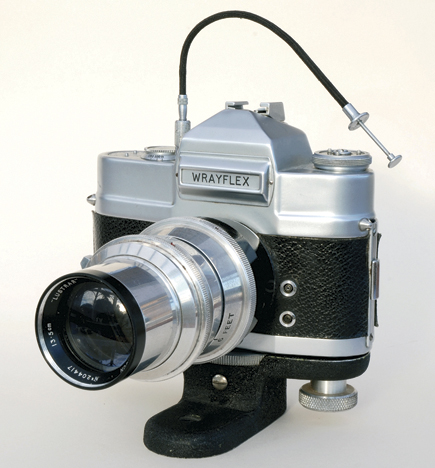 |
|
|
The reflex mirror was also of an unusual design. It didn’t just flip up and lay flat against the focusing screen, as is the case with most SLRs. The mirror and the focusing screen, built as a single unit, swiveled upward and backward as the exposure was made and ended up in the hollow recess between the viewfinder mirrors.
The format was not the traditional 24x36mm, but 24x32mm, allowing up to 45 pictures from a 36-exposure cassette. Film wind was not by knob or lever, but by a key in the base of the body, making it impossible to advance the film when the camera was on a tripod. To get around that, Wray made a cradle into which the camera was fitted, transferring film wind from the key to a large knurled wheel. The whole thing was then screwed onto the tripod.
- Log in or register to post comments
